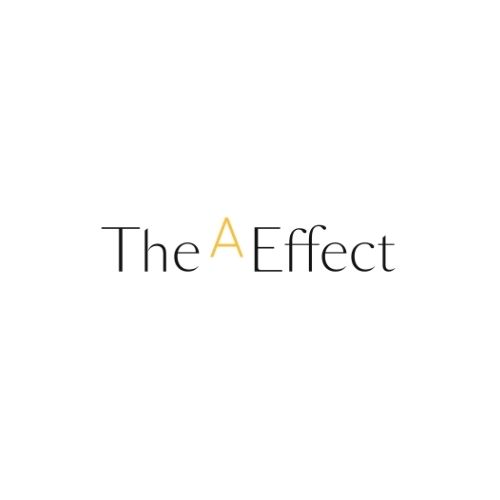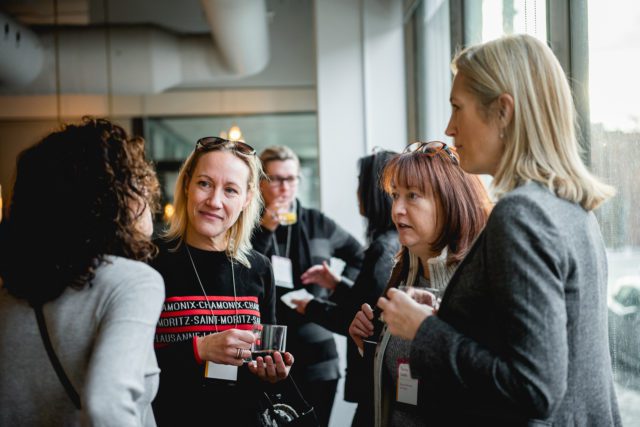Editorial – Let’s Take a Step Forward

Leadership was crumbling long before the pandemic hit, so accelerating our path to equity is more crucial than ever.
To do so, we must be able to visualize what that workplace would look like. What are the pillars of leadership in a universe where gender parity and diversity are a given? How could companies, communities and relationships be transformed by gender parity?
Let’s leap into the future and have a look.
More effective leadership, happier employees
As Stanford Graduate School of Business professor Jeffrey Pfeffer noted, “despite the tens of billions of dollars we pour into training-related books, …workshops, conferences, and training sessions, …organizations are filled with disengaged, dissatisfied employees who don’t trust their leaders.”
How did this happen? Our organizational leaders have been trained by a culture that favours “masculine” features. Something that Tomas Chamorro-Premuzic sums up as rewarding “confidence, charisma, and narcissism” rather than “competence, humility, and integrity”.
But this system that prioritizes individual performance over collective good has resulted in more “burnout, anxiety, boredom, and productivity losses than driving top team or organizational performance.” It’s a zero-sum game that harms the career prospects of everyone, regardless of gender.
Female leaders, “much more than their male counterparts, face the need to be warm and nice (what society traditionally expects from women), as well as competent or tough (what society traditionally expects from men and leaders).” Imagine the complexity for non-binary professionals!
Research demonstrates that “men too face backlash when …they show vulnerability, act nicer, display empathy, express sadness, exhibit modesty, and proclaim to be feminists.” In France, for example, despite the expansion of paternity leave policies, a new father who takes advantage of this leave is perceived as lacking in ambition. It also reflects poorly if that man is in the C-suite and he leaves the office before 6:30PM.
In a world defined by gender equity and greater diversity, we could finally rewrite the narrative of burnout, disconnection and turnover into one of thriving, engagement and profitability. The gender policing that keeps us separate would be eradicated. All leaders would be encouraged to develop more empathy, vulnerability, kindness and modesty.
More collaboration, transparency and innovation
The workplace is always changing, but the shifting talent pool will require a big pivot. As we move into a more diverse workplace, dominated by Millennials and Gen Zers, “profit-driven organizations focused on ‘what’ and ‘productivity’ will have to evolve into purpose-driven cultures focused on ‘why’ and their people.” Furthermore, since 1981, more women than men have achieved college degrees, making women the majority of college-educated talent in the pool.
The current C-suite can dig in their heels, but that won’t change the reality that without gender equity and diversity, their companies will not be able to grow, innovate and thrive in the future.
To embrace this new world order, HR departments must understand the many ways that these new generations, especially Gen Z with its unprecedented diversity, behave and think differently. For example, in a recent Deloitte study, 77% of Gen Z respondents say they evaluate potential employers on their ethics, practices and social values. And whereas Millennials flocked towards start-ups and early-stage companies, Gen Z “desires diverse and entrepreneurial opportunities with the safety of stable employment and will remain loyal to a company if they can offer this.”
Offrir un horaire rigide de 9 h à 17 h et utiliser un chèque de paie pour faire des demandes illimitées ne passera pas avec ce groupe.
More personalized development based on life goals
What could you accomplish if you asked for help more, feared failure less, and took the time needed to rest? Historically, both men and women have pulled away from these behaviours that could brand them as not having what it takes to succeed. But being the lone wolf, savage and invincible and using any means necessary to achieve results—that’s what led to this breakdown.
Greater parity and diversity in the workplace would flip these old scripts for the better. For example, more diverse leaders could adopt a different leadership model that diverges from the “always on, always available, always hustling” mindset. Up-and-comers could develop leadership skills that are more closely aligned with their own values, and pursue goals that grow from their own experience, interests and dreams. The idea of success would no longer be imposed, but become more open to interpretation.
And what does this mean for your bottom lines? According to Deloitte’s “The Design of Everyday Men”, “working more hours leads to poorer outcomes in ways ranging from poorer interpersonal communication and impaired judgment to increased insurance costs and higher employee turnover.” A new workplace that’s more welcoming and diverse could avoid the burnouts so often associated with our current organizational culture. And happier employees make for a more successful business.
The future is looking bright!







